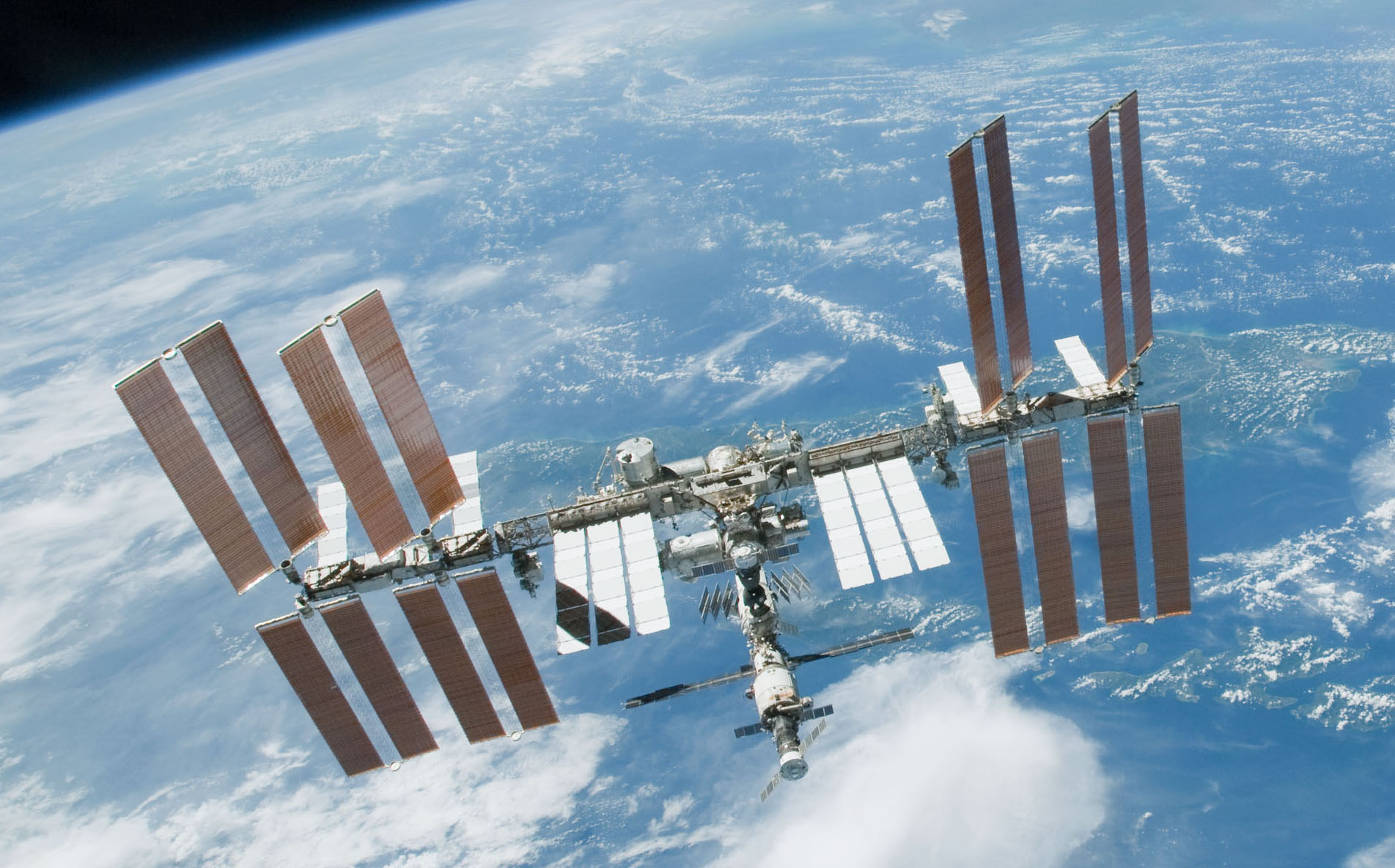NASA wants to sell the ISS to a private company


The International Space Station sits in low-earth orbit.
NASA plans to sell off the International Space Station (ISS) to a commercial operator around the mid-2020s.
The space agency revealed its commercial ambitions for the ISS on Thursday as it detailed some of the ways it plans for humans to reach Mars under the Journey to Mars program.
NASA is aiming to send humans to Mars in the 2030s, and has been studying the effects of spending time in space on the human body by observing astronauts on board the ISS, which sits in low-earth orbit. At present, the budget for running the ISS is only guaranteed until 2024.
However, NASA is keen to continue research into low-earth orbit after government funding for the ISS dries up, so it's looking to private operators to pick up the slack.
See also
Bill Hill, deputy associate administrator for the Exploration Systems Development at NASA Headquarters in Washington, yesterday confirmed NASA's wish to sell the ISS.
"NASA's trying to develop economic development in low-earth orbit," TechCrunch quotes Hill as saying at a Journey to Mars press conference on Wednesday.
"Ultimately, our desire is to hand the space station over to either a commercial entity or some other commercial capability so that research can continue in low-earth orbit, so that research can continue in low-earth orbit."
It's not clear which commercial entity could be a contender to take ownership of ISS, which is a joint program between space agencies from the US, Russia, Japan, Europe and Canada, each of which has tipped billions into the project.
However, those commercial plans may already be taking shape. NASA astronauts this week began installing a docking adaptor on ISS that will facilitate crew arrivals from future commercial spacecraft operated by Boeing and SpaceX.
Read more on NASA tech
- NASA shows the world its 20-year virtual reality experiment to train astronauts: The inside story (TechRepublic)
- NASA opens doors to the public, offers free access to research
- Why did NASA send a DNA sequencer to space? (CNET)
- From robotics to analytics, why NASA is offering startups over 1,000 patents for 'free